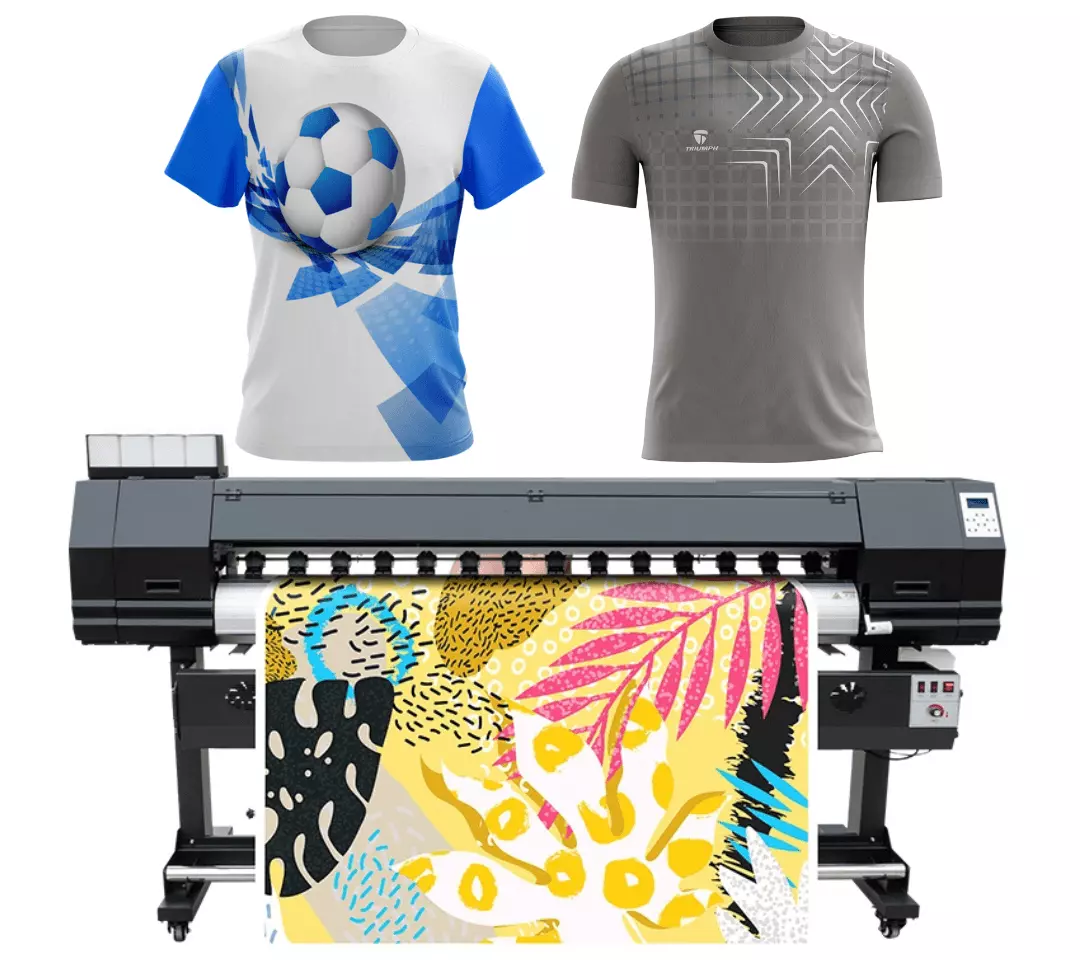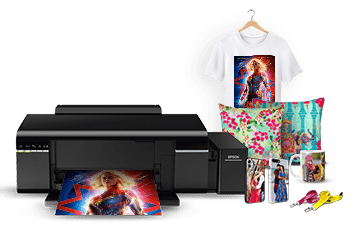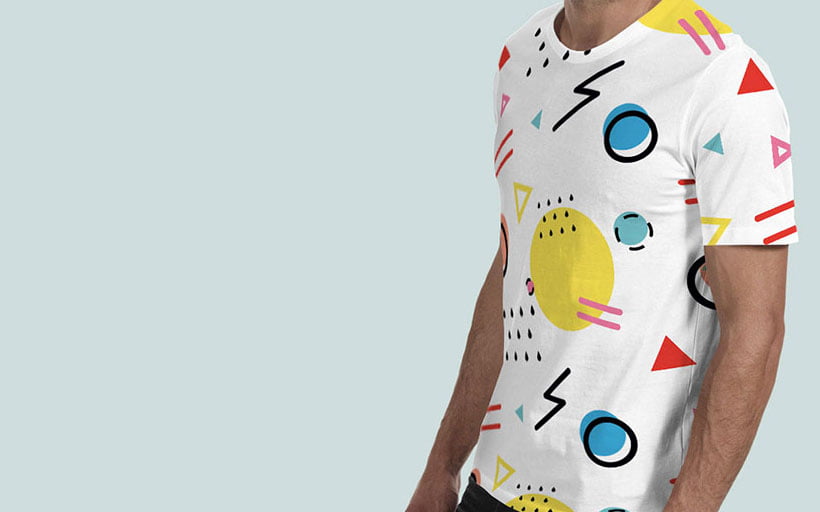Unleashing Creative Thinking with Heat Transfer Vinyl Printing for Customized Styles
The Increase of DTF Printing: Discovering Its Advantages and Applications
The introduction of Straight to Film (DTF) printing technology is reinventing the custom-made garments industry, giving noteworthy benefits and a broad variety of applications. As the hunger for custom items proceeds to expand, recognizing just how DTF printing can satisfy these developing needs is significantly critical.

Recognizing DTF Printing Modern Technology
Understanding DTF Printing Technology notes a significant development in the textile printing sector, especially for its versatility and performance. Direct-to-Film (DTF) printing is a sophisticated process that includes printing layouts onto unique transfer films, which are then transferred onto fabric making use of heat and pressure. Unlike conventional methods, DTF printing does not require pre-treatment of the fabric, enabling an extra structured process.

When cured, the movie is positioned onto the material, and a heat press transfers the layout by applying regular heat and stress. This leads to dynamic, high-grade prints that stick effortlessly to different material types, including cotton, polyester, and blends (Branded clothing). The modern technology's capacity to create complex and vibrant styles with very little arrangement makes it a game-changer in the fabric printing sector
Trick Benefits of DTF Printing
Among the essential benefits of DTF printing is its outstanding versatility, which permits top notch prints on a vast array of textile types. This ability extends past traditional cotton to include polyester, nylon, natural leather, and even blended textiles, making it suitable for diverse fabric applications. This flexibility decreases the need for several printing technologies, streamlining production procedures and reducing general prices.
An additional significant advantage is the exceptional print quality that DTF innovation provides. By utilizing lively, durable inks and precise application techniques, DTF prints maintain their shade fidelity and sharpness also after various laundries. This leads to an item that not only looks professional yet likewise stands the test of time, offering constant worth to both suppliers and end-users.
In addition, DTF printing supplies a simplified operations, which can lead to increased efficiency and performance. Unlike typical techniques such as display printing, DTF does not require complex configuration or substantial drying times. This simplicity of use makes it an eye-catching alternative for businesses of all sizes, permitting quicker turn-around times and the capacity to take care of small to large production keeps up minimal trouble.
Applications in Customized Clothing
In the world of custom-made garments, DTF printing stands out as a game-changing modern technology that allows manufacturers and developers to generate bespoke clothing with unparalleled information and quality. Direct-to-film (DTF) printing has actually changed the personalized fashion industry by supplying flexibility in design, vibrant shade reproduction, and durability. This innovative approach enables elaborate layouts to be moved onto a broad array of textiles without jeopardizing the integrity of the material.
One substantial application of DTF printing is in producing custom-made tees, hoodies, and sports apparel. The ability to print complex graphics with great details and slopes makes it perfect for tailored clothes, view publisher site such as group uniforms and promotional goods. DTF printing is especially useful for one-off items and limited-run orders, giving a effective and cost-effective solution compared to standard screen printing techniques (DTF printing).
Additionally, DTF printing has opened up new opportunities for designer to try out one-of-a-kind patterns and textures, making it possible for the creation of cutting-edge, avant-garde collections. This modern technology also supports small companies and independent musicians by reducing the obstacles to entry in the personalized garments market. Inevitably, DTF printing is reshaping the landscape of custom apparel, combining imaginative expression with technical innovation.
Flexibility Throughout Different Products
Building on the advancements in personalized garments, DTF printing's flexibility throughout different materials better enhances its charm. Unlike conventional printing methods, DTF (Direct-to-Film) printing can be used to a substantial series of substrates, including cotton, polyester, blends, leather, and also difficult surface areas like timber and glass. This flexibility is accomplished through the special process where styles are printed onto an unique film and then moved onto the product utilizing a heat press. This allows for dynamic, top notch prints that maintain their honesty throughout various textures and structures.
The capability to publish on diverse materials opens countless opportunities for companies across different markets. In the marketing items market, firms can tailor a broad range of things, from lug caps and bags to mugs and phone situations, all with the exact same printing innovation. In the garment industry, DTF printing allows designers to try out elaborate patterns and lively colors on unconventional textiles, pressing the limits of imagination.
In addition, DTF printing's compatibility with various materials likewise converts to cost-efficiency and reduced waste, as suppliers can use the same tools for numerous applications. This adaptability not just broadens the range of product offerings yet also enhances functional efficiency.
Future Leads of DTF Printing
As the market progresses, the future leads of DTF printing are positioned to change various sectors via constant development and technical advancements. The surge in demand for tailored apparel and promotional products is driving the demand for a lot more reliable, functional, and economical printing approaches. DTF printing, with its capability to create top notch, resilient prints on a vast array of materials, stands at the center of this transformation.
Arising fads indicate that DTF printing will increasingly incorporate with automation and AI technologies, improving manufacturing speed and reducing labor costs. Advanced software options will better enhance style precision, color matching, and check over here print consistency, attending to a few of the existing constraints. Additionally, environmentally friendly inks and recyclable transfer films are anticipated to obtain traction, straightening with global sustainability goals.
As research and advancement initiatives proceed to expand, the range of read this post here DTF printing will likely expand, opening up new avenues for industrial and innovative applications. In summary, the future of DTF printing is intense, appealing significant innovations and broader industry fostering.
Final Thought

Understanding DTF Printing Innovation notes a significant innovation in the textile printing industry, particularly for its adaptability and efficiency. Direct-to-Film (DTF) printing is an innovative procedure that involves printing styles onto special transfer films, which are then moved onto material utilizing warmth and pressure. DTF printing is specifically helpful for limited-run orders and one-off items, giving a reliable and cost-effective service compared to conventional screen printing methods.
Unlike standard printing approaches, DTF (Direct-to-Film) printing can be applied to a substantial range of substrates, consisting of cotton, polyester, blends, leather, and also tough surface areas like wood and glass.DTF printing innovation is reinventing the personalized apparel market by supplying efficient, cost-effective, and flexible options for creating vibrant styles on different textiles without pre-treatment.